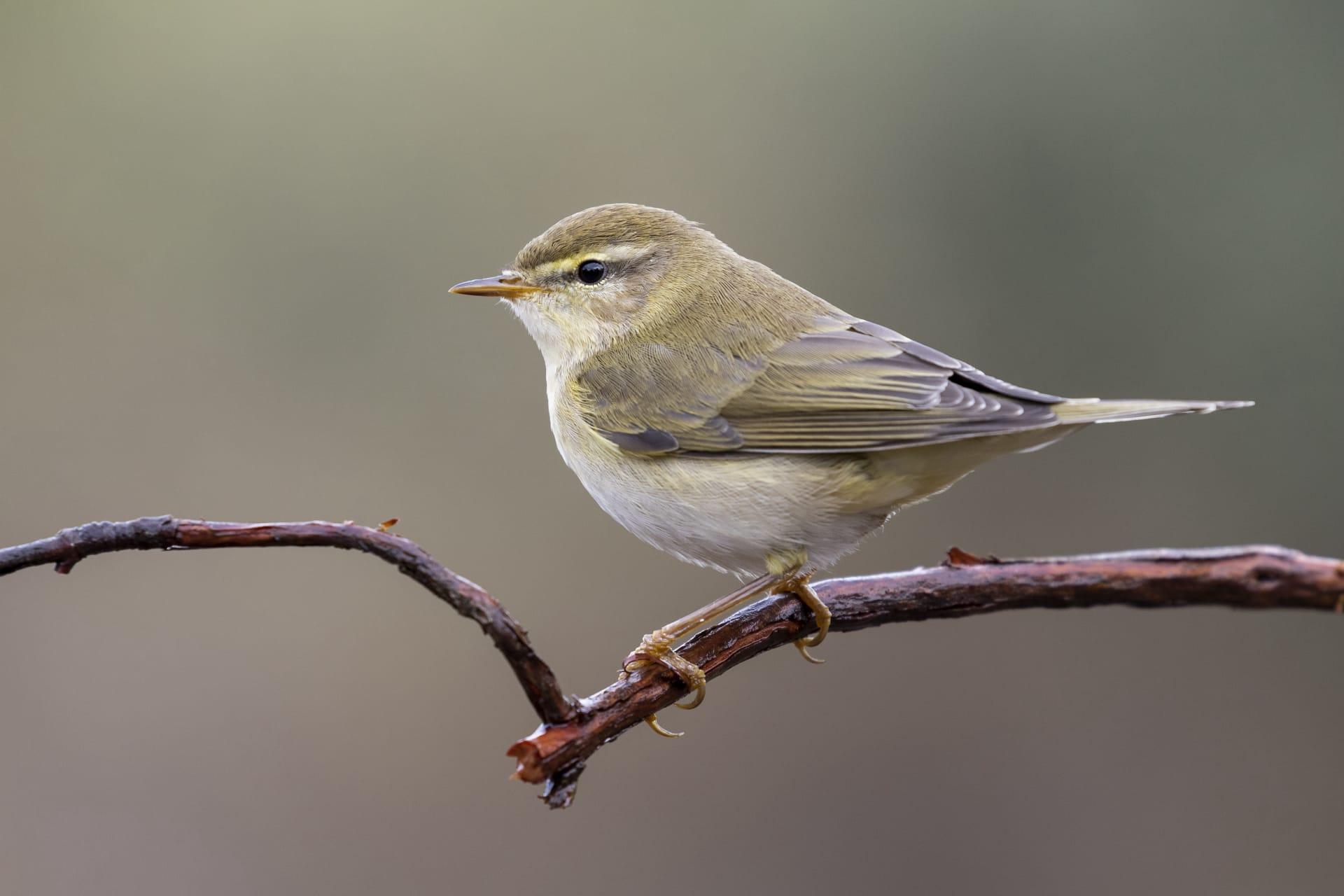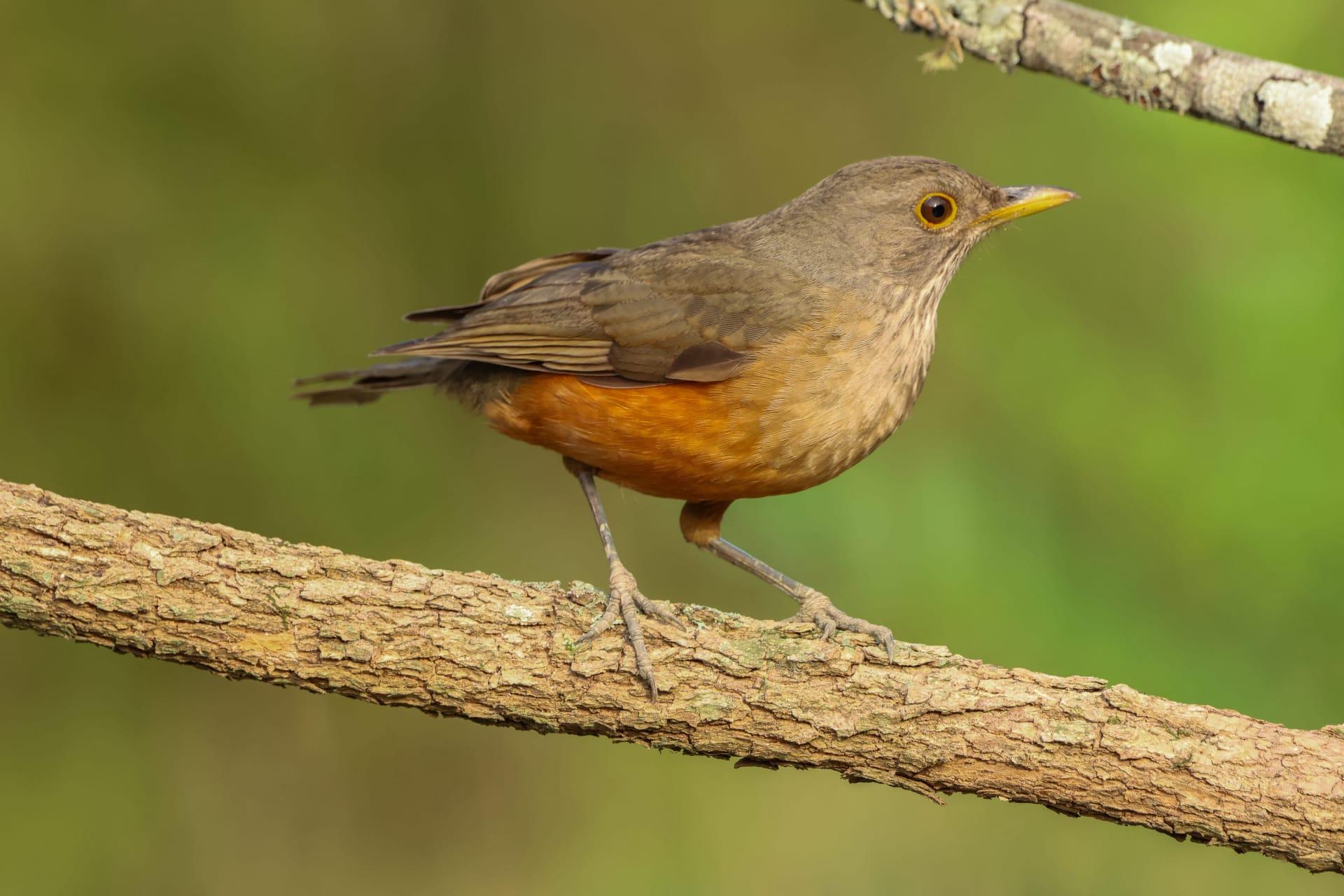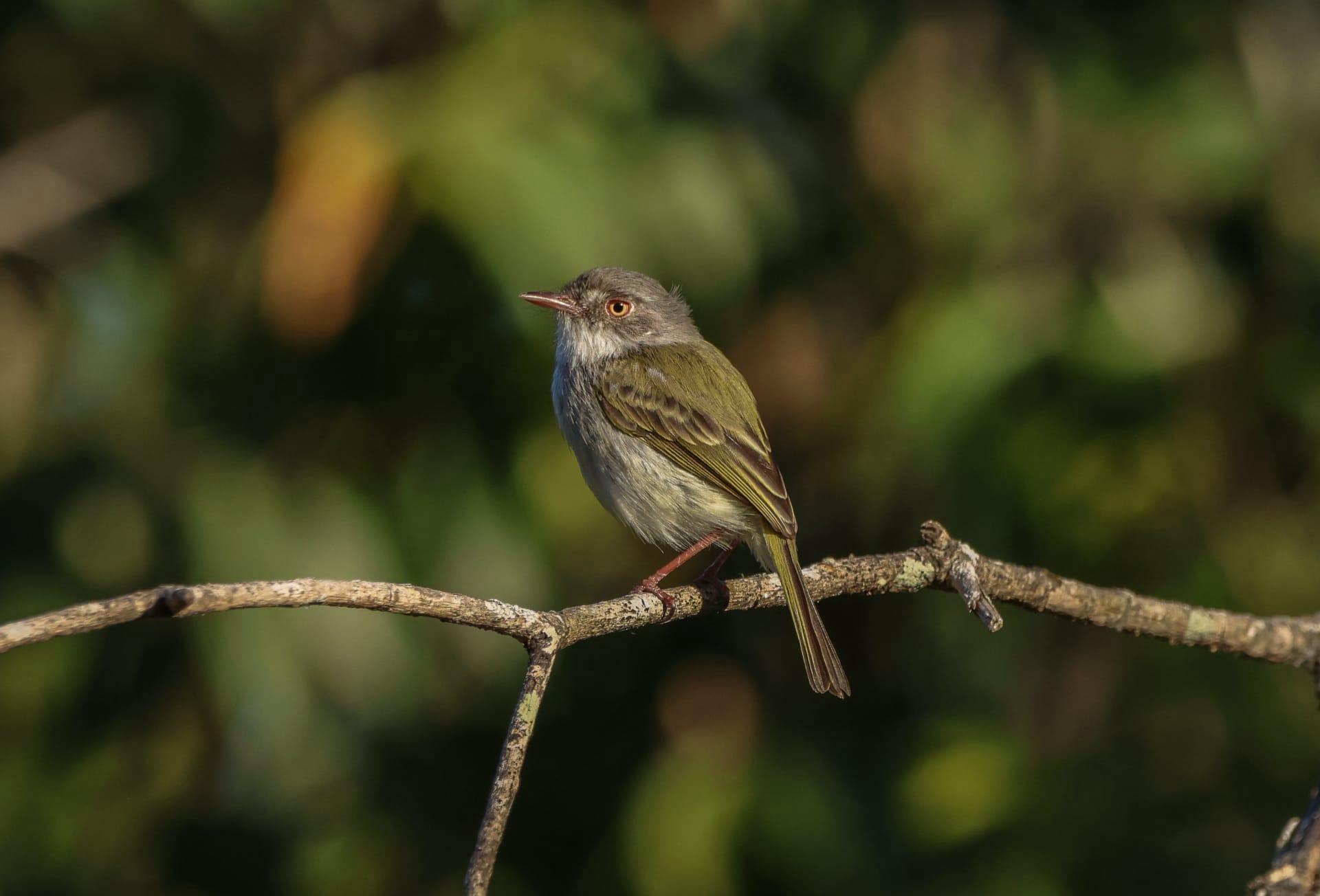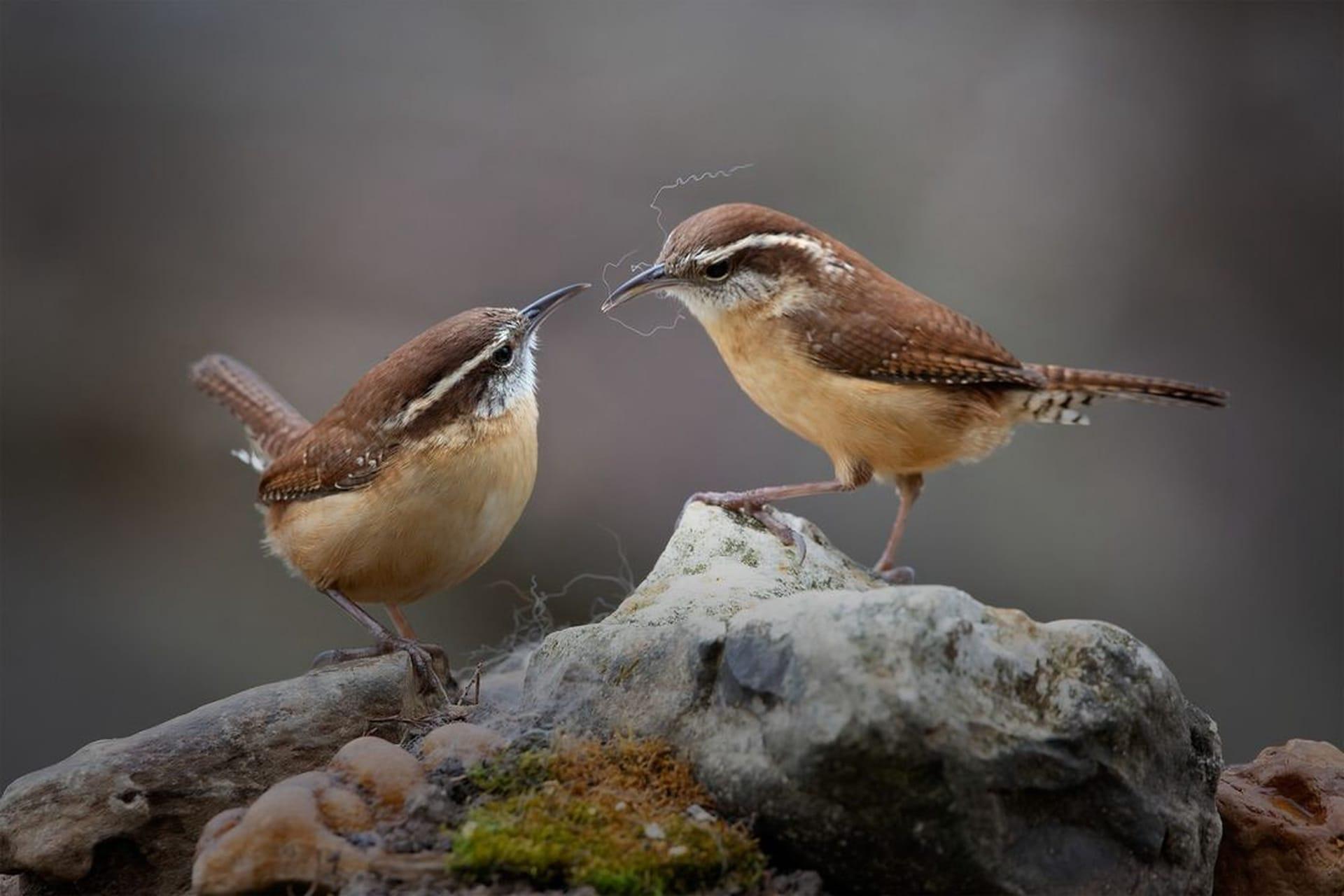Nightingale
- Home /
- Mini Encyclopedia /
- Animal /
- Nightingale
1
The nightingale, scientifically known as Luscinia megarhynchos, is a small passerine bird famous for its powerful and beautiful song. Belonging to the family Muscicapidae, this species is closely related to thrushes and chats. Its genus, Luscinia, comprises several similar singing birds, but the nightingale is especially renowned for its melodious nocturnal singing. This bird is modest in appearance, usually measuring about 6.3 to 6.7 inches in length, with a wingspan of approximately 9.8 inches. It typically weighs around 0.5 to 0.7 ounces, making it a small yet charismatic member of its family.
Regarding distribution, nightingales are found across Europe and Asia, with a geographical range extending from Great Britain and Portugal in the west to Mongolia and Iran in the east. They are summer visitors to most of their European range, migrating to sub-Saharan Africa during the winter. The birds prefer dense vegetation in forests, parks, and gardens, making them elusive despite their famous songs. In their breeding areas, nightingales are widely spread but not uniformly; their presence is heavily influenced by habitat conditions, such as undergrowth thickness and availability of insects, their primary food source.

2
Question: Do nightingales only sing at night?
Answer: A common misconception about nightingales is that they only sing during nighttime. In reality, these birds are known to sing at both day and night, especially during the breeding season. Their singing peaks at dawn and dusk, known as the crepuscular hours, but can be heard at any time. The reason for their association with nighttime singing lies in the noticeable contrast of their melodious tunes against the quieter nighttime backdrop. This distinct singing pattern is primarily a mating call and a territorial marker. Male nightingales sing to attract females and to ward off other males, using their complex and varied songs as a display of fitness and territory ownership.

3
Nightingales have developed several survival strategies that aid in their existence in various environments. One key strategy is their migratory behavior. Nightingales breed in temperate regions of Europe and Asia but migrate to Africa during the winter months to escape harsh climates and to access more abundant food resources. This long-distance migration requires remarkable endurance and navigational skills. Another survival strategy is their choice of habitat. Nightingales prefer dense underbrush and thickets, providing them with ample cover from predators and a rich supply of insects for food. Their brownish plumage also aids in camouflage, blending into their surroundings and making them harder to spot by predators.
Furthermore, nightingales are known for their territorial behavior, especially during the breeding season. Males establish and defend territories using their songs, which are complex and can include a wide range of notes and patterns. This vocal prowess is not just for attracting mates but also for deterring rivals. Additionally, their diet mainly consists of insects and berries, which they forage from the ground and foliage, showcasing their adaptability in various environments. This varied diet helps them thrive in different habitats and seasons.

4
In the ecosystem, nightingales play several important roles. As insectivores, they help control insect populations, which can be beneficial for agriculture and the balance of natural habitats. By preying on a variety of insects like ants, beetles, and flies, nightingales contribute to maintaining the ecological balance. This feeding habit also makes them important for the dispersal of seeds and pollens, as they consume and excrete plant matter.
Additionally, nightingales serve as indicators of environmental health. Their presence and population numbers can reflect the overall health of their habitat, particularly in terms of biodiversity and ecosystem stability. Areas with thriving nightingale populations are often indicative of rich biodiversity and well-maintained habitats. On the flip side, a decline in their numbers can signal environmental problems like habitat destruction or pollution. Thus, nightingales not only contribute to their ecosystems but also help in monitoring the health of these environments.

5
Film: A notable documentary on nightingales is "The Secret Life of the Nightingale," produced by the BBC in the United Kingdom and released in 2017. This documentary delves into the hidden world of the nightingale, exploring its migratory journey, unique singing abilities, and the challenges it faces due to habitat loss. The film beautifully captures the essence of these birds, showcasing their importance in culture and nature.
Book: "Nightingales: The Extraordinary Upbringing and Curious Life of Miss Florence Nightingale" by Gillian Gill, published in the United States in 2004, is a compelling biography that, while focusing on the famous nurse Florence Nightingale, also delves into the symbolic significance of nightingales in history and culture. This book provides a unique perspective on the bird’s cultural impact, intertwined with a historical figure's life.
Book: Another fascinating read is "The Nightingale's Song" by Robert Timberg, published in the United States in 1995. This book, although not directly about the bird species, uses the metaphor of the nightingale to explore the lives and careers of five U.S. Naval Academy graduates. It provides insight into how the nightingale's symbolism has permeated various aspects of culture and history, reflecting themes of honor, courage, and sacrifice.